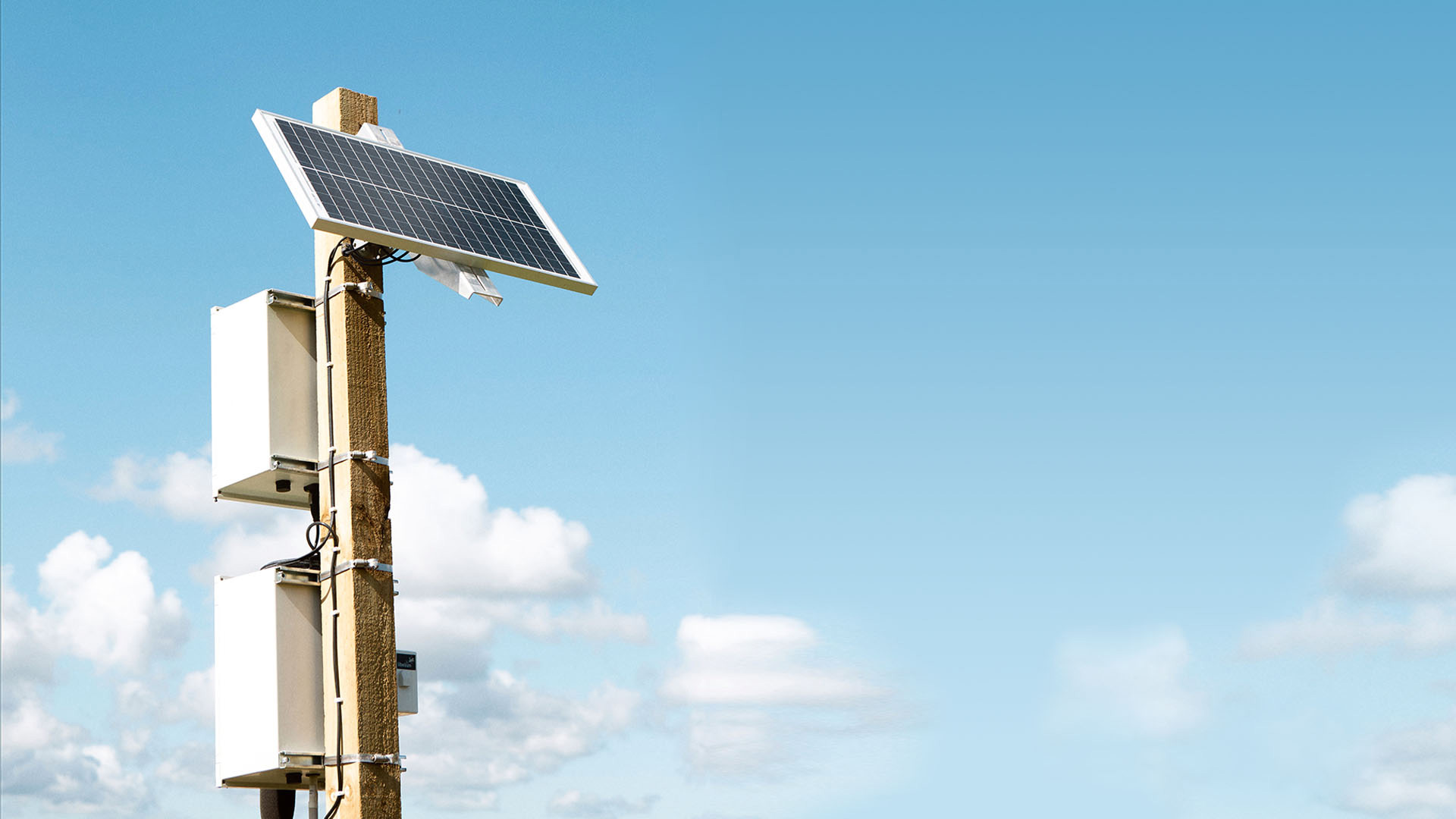Why construction site monitoring makes sense
With the New Zealand building industry contributing billions of dollars to our economy, and forecast to reach $48.3 billion by 2024, construction companies need to keep innovating to ensure they are running a compliant worksite, while continuing to gain efficiencies and meet sustainability goals.
Adroit’s Guy Macpherson and Maria Mc Intyre joined Spark for a Spark Spotlight webinar on this topic, with special guest Quintin Rolston, Construction Manager at Isaac Construction Ltd discussing the ways in which the sector is embracing technology to monitor worksites and the importance of data in supporting resource management compliance and stakeholder engagement.
As the Construction Manager at Isaac Construction, Quintin leads the construction, maintenance and survey teams based in Christchurch, as well as the Southern Construction team based in Dunedin. These teams collectively include approximately 150 staff, from ground-based operatives through to engineers, Health & Safety and Comms leads, project managers and department managers.
Quintin described the key issues his company was facing, particularly the need to monitor sound, vibration and dust across their many diverse worksites in the South Island, including quarries, highway developments, river realignments and skateboard parks.

Key points discussed in the webinar included: the importance of the technology in ensuring worksite compliance; how real-time data use is being normalised as a function for effective worksite management; and how data can be used to engage stakeholders and work on mitigations if necessary.
Quintin focussed his presentation on the George Street Upgrade project in the Dunedin CBD – a redevelopment that involves all three water upgrades, including full replacement of all the sewer, substantial stormwater upgrade works with big diameter pipes, deep excavations, sheet piling and shoring of the interventions, utilising large excavators, trucking, loaders, heavy compaction equipment.
Overall, the project involves a large amount of vibration and noise, all happening right across the street from nearby retail shop frontages, flats and apartments.
Quinton discussed how the Adroit technology solution was being used on this high-profile project to ensure compliance with resource consents, particularly: managing expectations with regard to noise, and managing expectations around vibrations.
He also outlined how these important factors can impact a project, with noise being the issue most “controversial” and likely to cause a complaint from the public or a breach of a resource consent. Whereas vibration can be destructive, with strict guidelines as to the allowable peak particle velocity set down for ensuring that works don’t damage historic structures – there are several in the development area.
Quintin outlined how the four noise monitors, plus five vibration monitors were reporting important data and how this was being used by his team. In his presentation, he was able to show detailed graphs of the noise and vibration levels of sites throughout the day, showing when work started and stopped, peaks when heavy machinery was in action and the ambient noise of the area.
Quinton showed how the data from the Adroit sensors allows his team to draw on and share detailed data by the day, the month, by individual site or overall to discuss with their client, Council officers, and stakeholders as they review work methodologies and noise screening opportunities.
Adroit General Manager Guy Macpherson says that the Isaac Construction example showed just how this proven technology is providing construction businesses with tools to continue operations with confidence, and to take important steps towards sustainability.

With construction businesses using a combination of noise, dust and vibration sensors across their different sites, and in some cases adding wind and weather data centres, measurement of turbidity in waterways, and water quality in wells and holding ponds, the scope of Adroit environmental monitoring tech continues to expand exponentially.
Adroit now has businesses successfully using these onsite solutions throughout the country using the Spark Cat-M1 network.
Adroit Environmental Monitoring Solutions
As an end to end solution provider, Adroit supplied the device hardware, IoT connectivity, nationwide installation, maintenance, and ongoing support.
Adroit has proven solutions, not just for construction, but for all environmental monitoring applications, including waterway and water catchment monitoring, agriculture and aquaculture water quality monitoring, workplace environmental monitoring, and solutions for urban and regional environmental monitoring.
